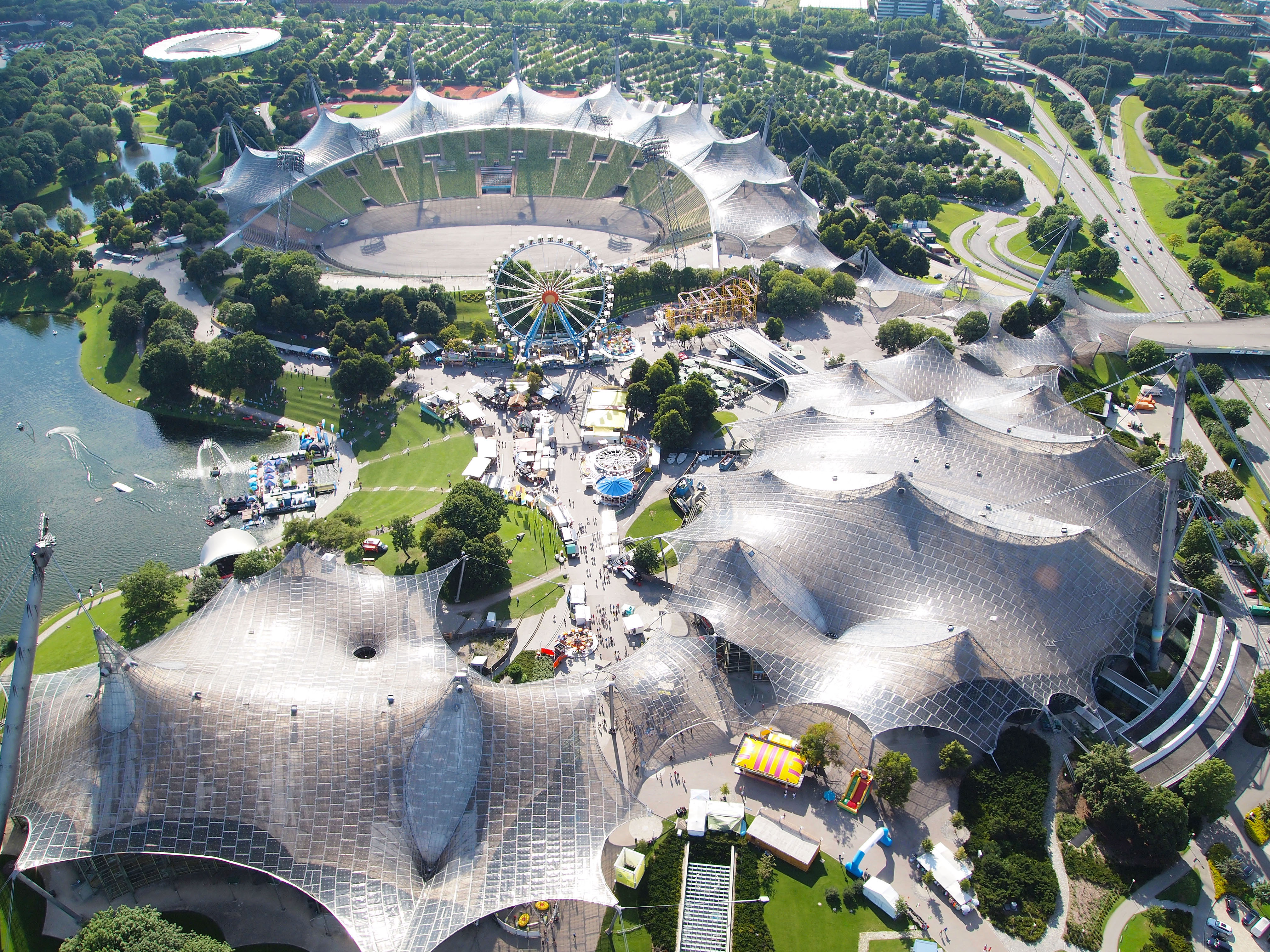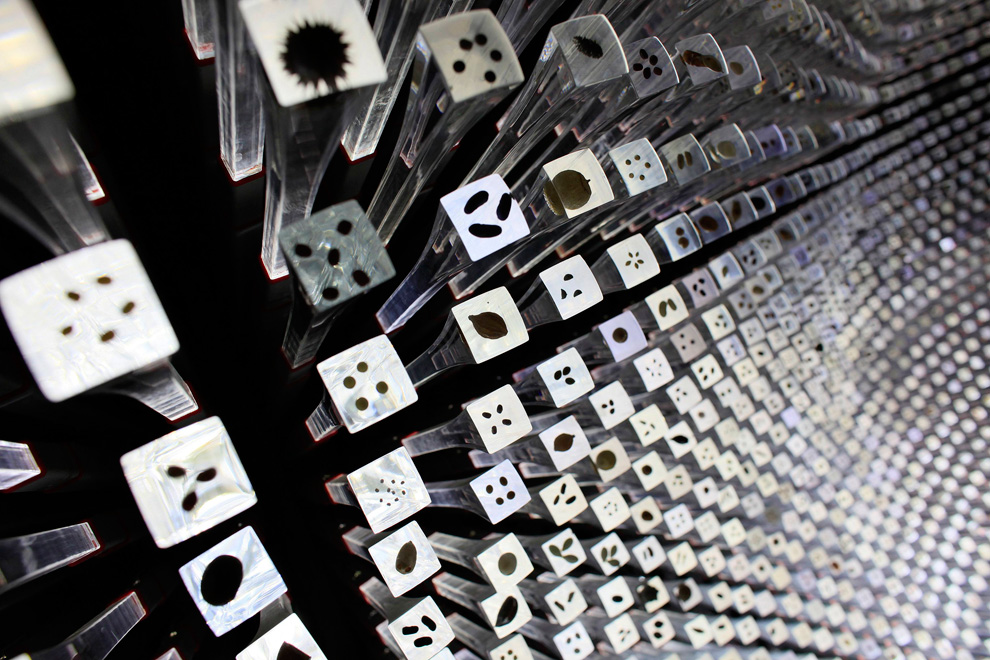Architects are extant Renaissance Men.
Vassily L.
As little as I hate to contradict or in any way undermine the prevailing layman’s impressions of architects and their profession… there is one niggling stereotype concerning one key task…. While not misconstruing this task, the stereotype does vastly shortchange it. It is so commonly allowed to subsist that sometimes an architect will him or herself be caught devaluing it.
To the common consumer of architecture and to the architect guilty of malpractice I give a cautionary word: while I agree that architects are skilled orchestrators of the arts, sciences, tectonics, economics, and humanities, one must never allow that orchestration to become an end in itself. To the latter addressee: be wary of when you are so overwhelmed with just the effort of bringing the great parts together (only part 1 of a great piece of architecture) that you have no energy left to conduct the orchestra’s performance (part 2). It is without a doubt the crux of this profession’s fundamental challenge– to have sculpture, structure, nature, people, economics, and all others visibly interact to mutual benefit.
Some don’t consider an architect’s role to be active within the disciplines themselves, only in their being brought to physical proximity. Limiting the word “unify” like this is like cooking without heat. This is the different job for a diplomat. The conductor works within those disciplines directly, cross-pollinating, bringing out comparable qualities in each which he or she knows will contribute to the whole.




It is difficult to draw a clear line between successful and unsuccessful orchestrations because it seems to be mostly a factor of aesthetics, and of perception. Immaculate harmony of architectural elements can be seen by anyone, DECIDED ON by any BEHOLDER. The thought “I see this stone wall of St. Mark’s in conversation with the multicolored light hitting it from the canal” is an individual decision. Of the infinity of possible decided perceptions for a given building, the best architects know how to snatch one decision out of the ether for us, make that decision stand for their INTENT, and keep us blind to the sorry abyss of open-ended aesthetic interpretation and judgment. If I wanted to draw attention ONLY to this painting in that museum, or ONLY this exact grid in that pavilion, ONLY this neon sign in that mall, then I am ignoring a vital mystery: that same leap of faith from seeing to thinking which poetry cannot so easily ignore. The best architecture is that which points relationships out to us, lends us a hand in the leap of faith of imagination, and the best architects thrive in that grey zone between Specialists and Renaissance Men.
Finally, in the larger sense, there comes a moment when a great work of architecture orchestrates ITSELF seamlessly with its own surroundings: its culture, its politics, its technology and ways of seeing. In a sense, that first, internal orchestration which the architect conducts is only a rehearsal for the larger harmonization which should be the result of a building’s fruitful life in the world.


